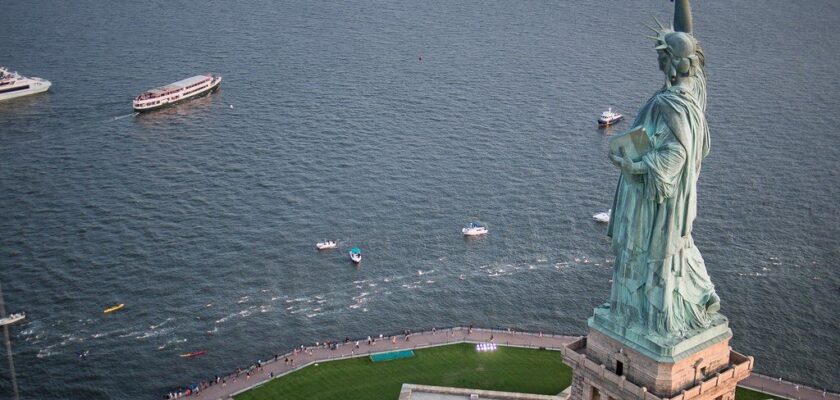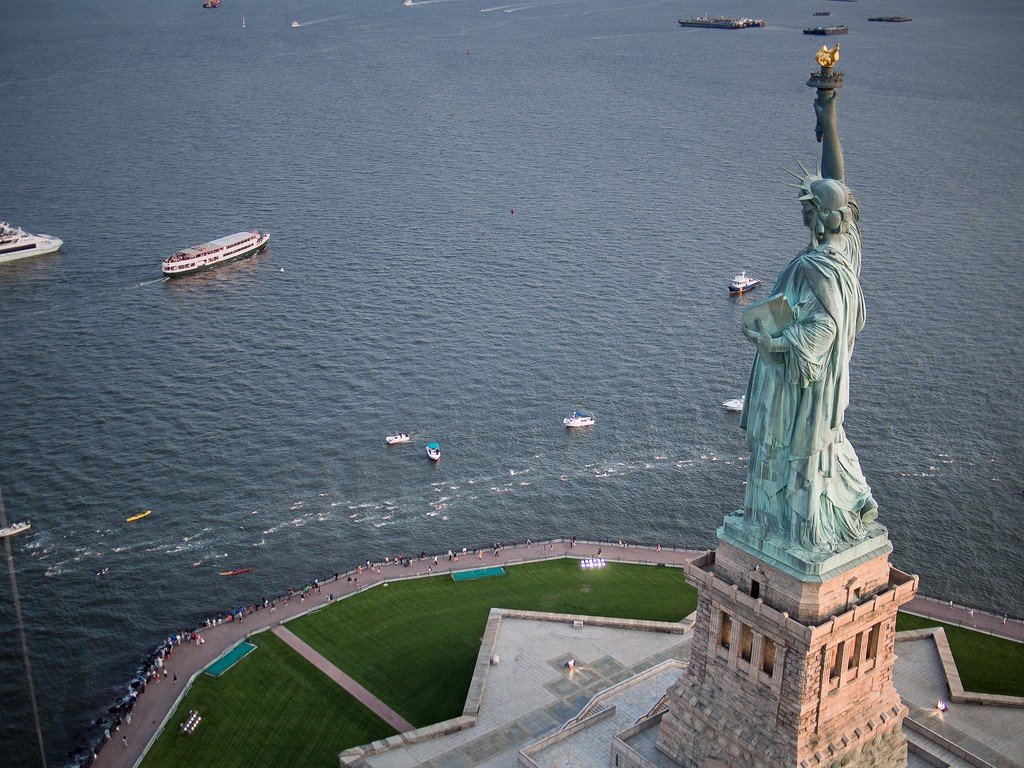
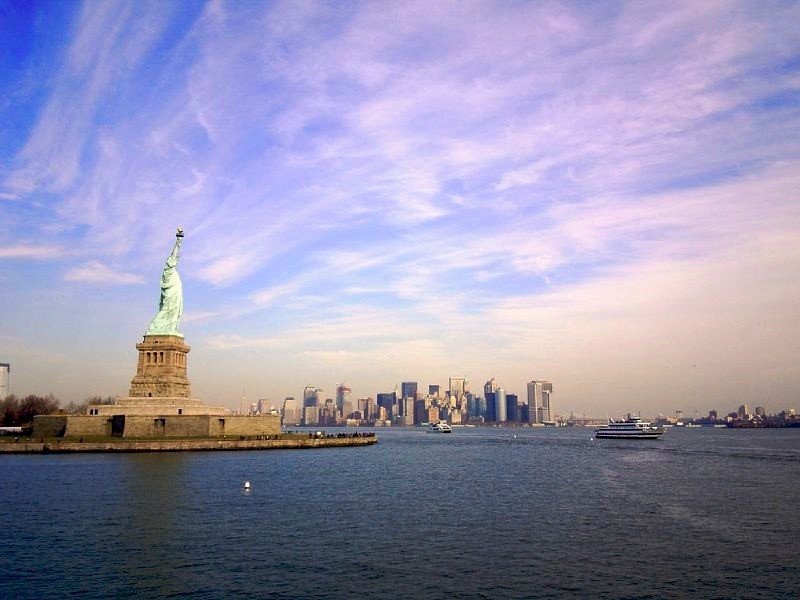
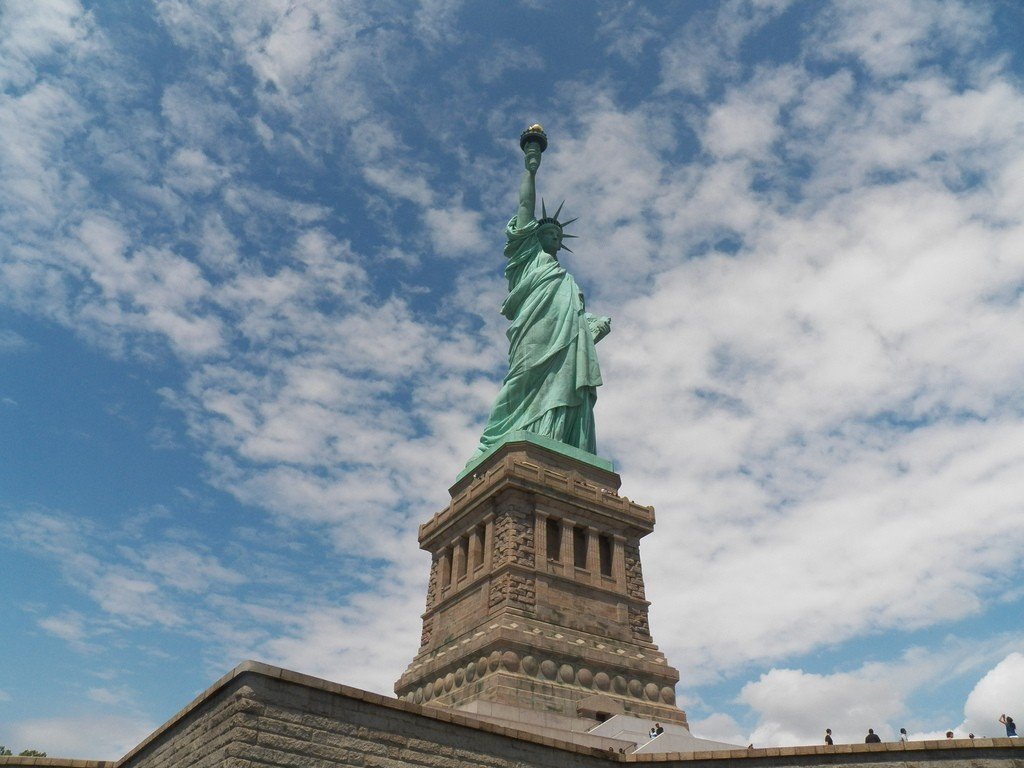
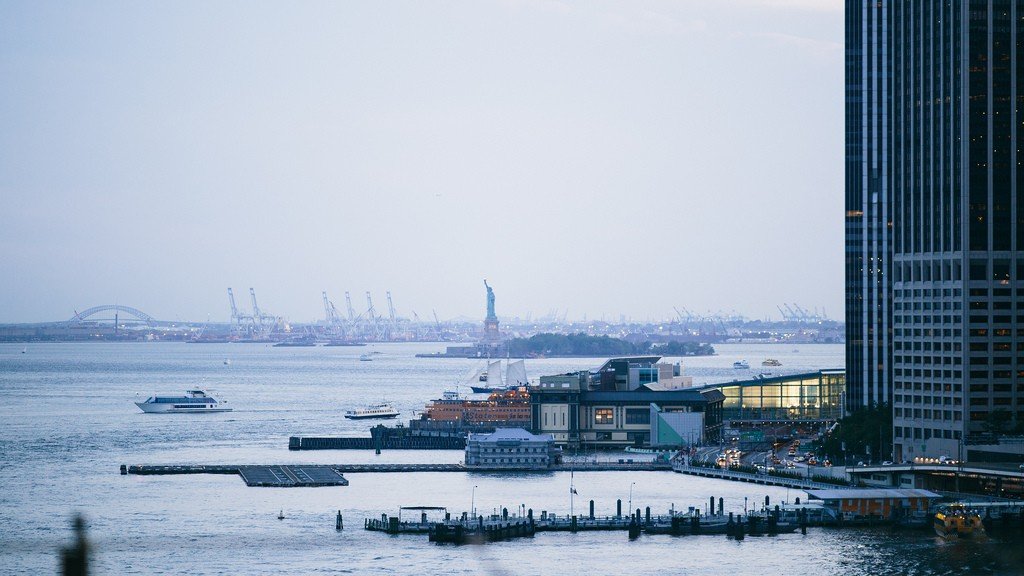
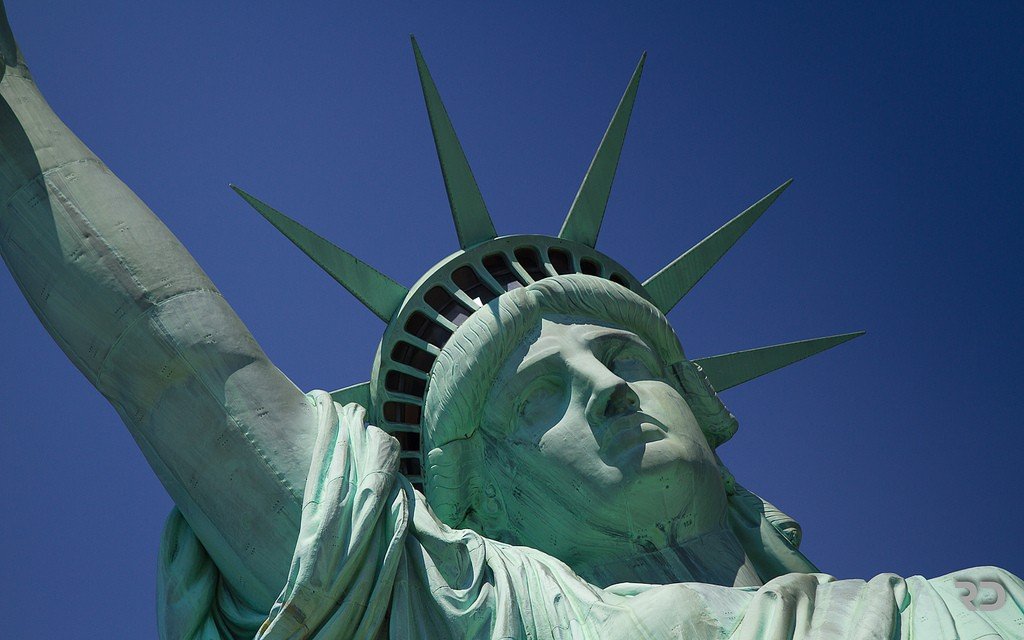
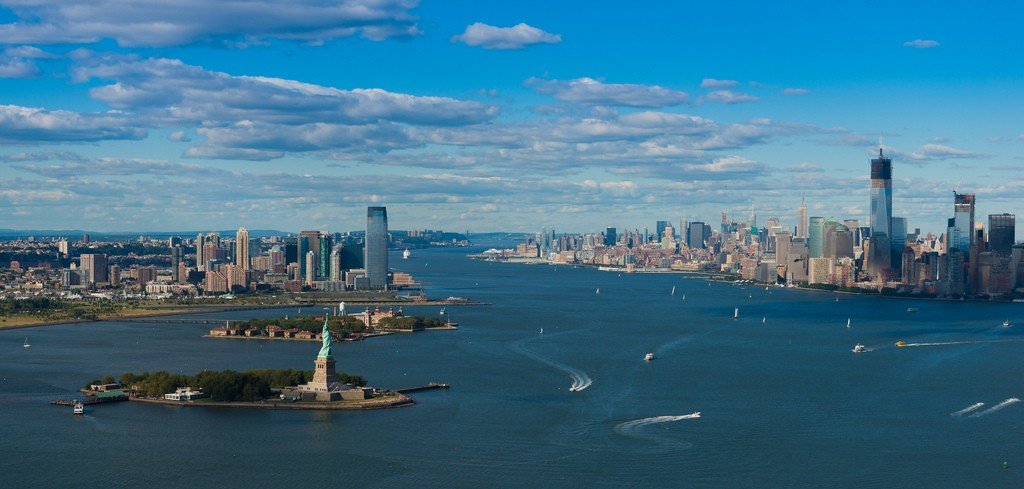
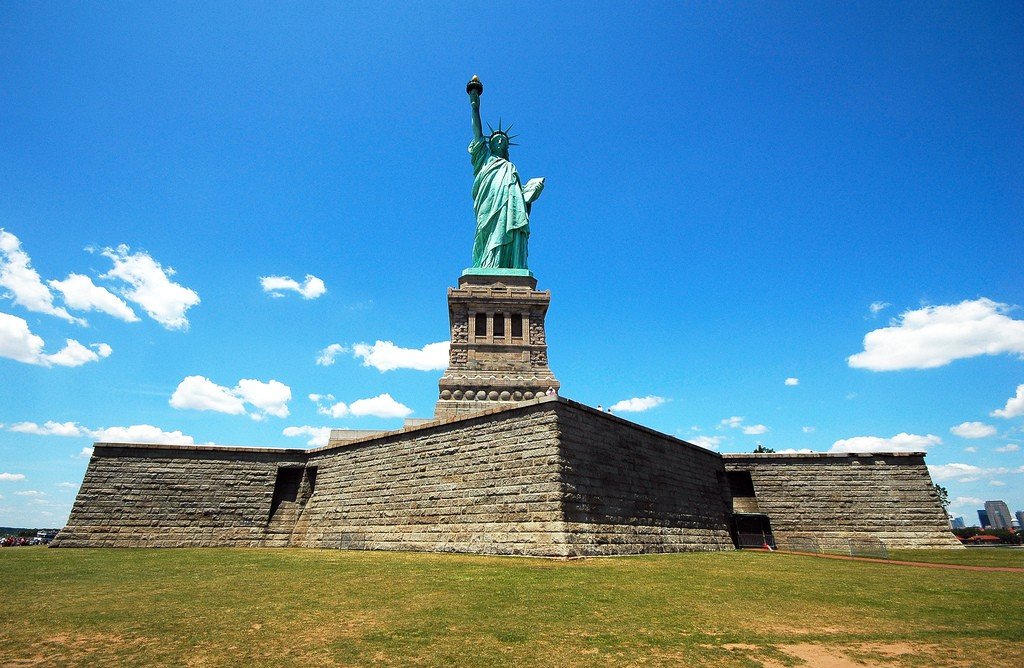
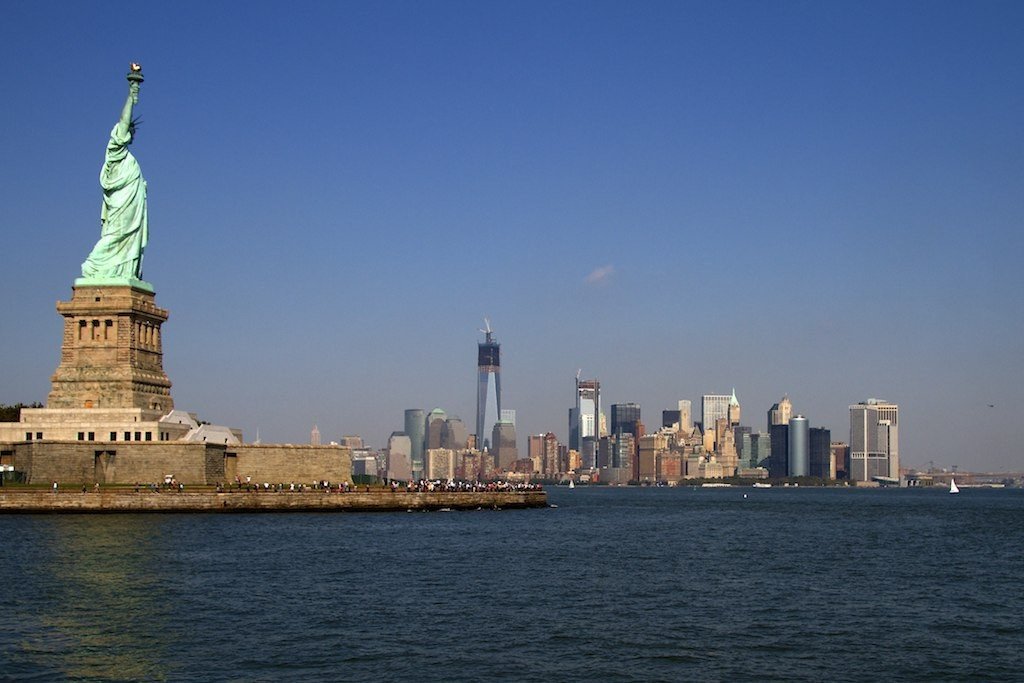
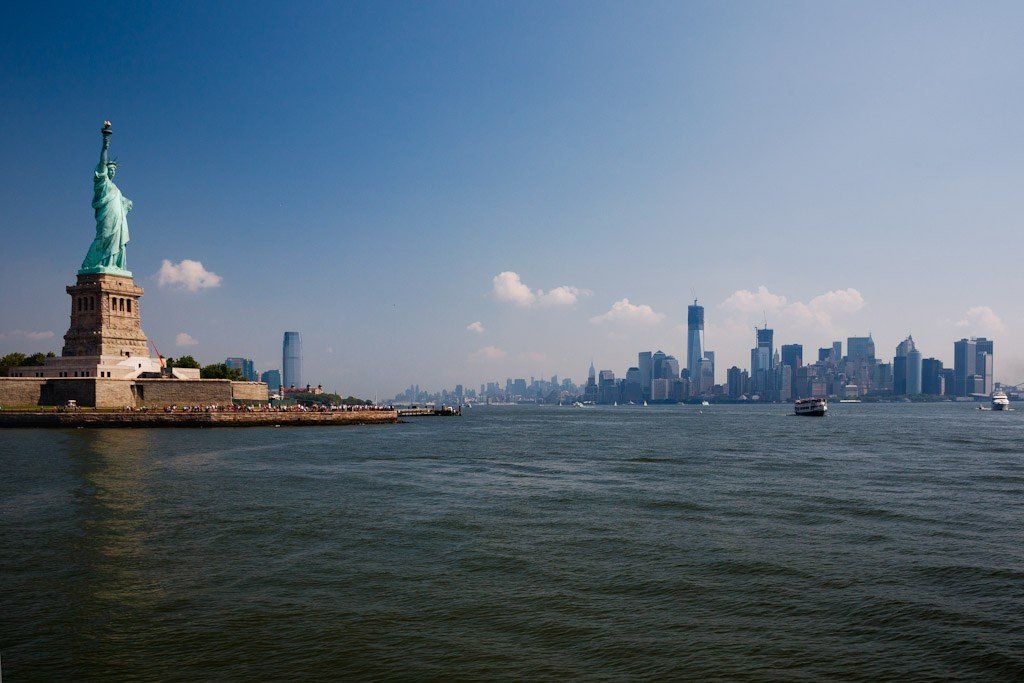
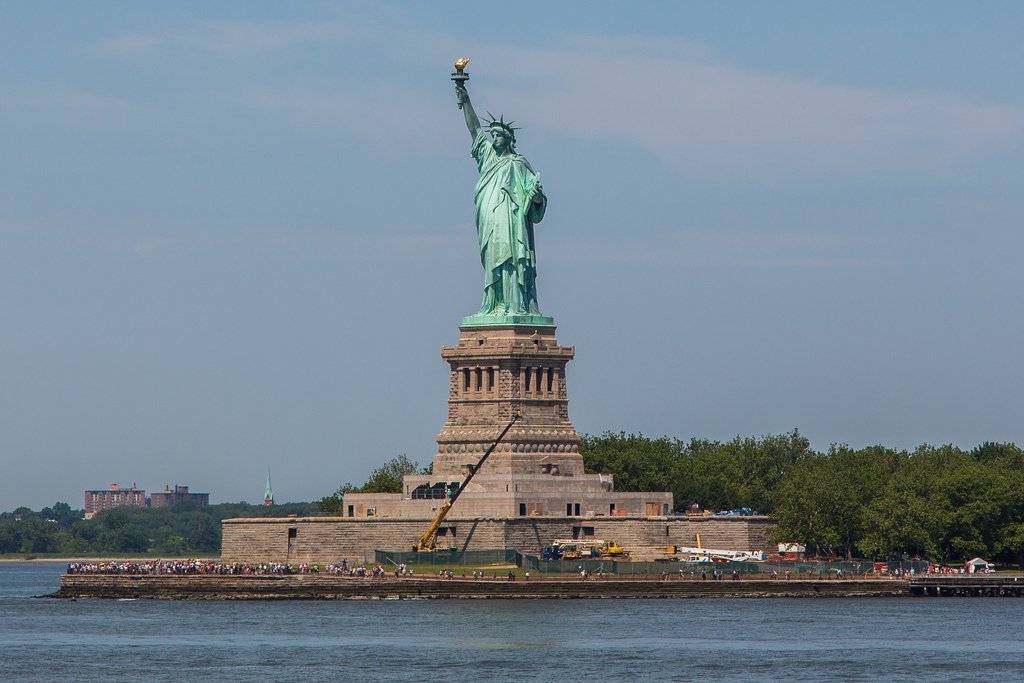
Video: Statue of Liberty
” title=”YouTube video player” frameborder=”0″ allow=”accelerometer; autoplay; clipboard-write; encrypted-media; gyroscope; picture-in-picture; web-share” allowfullscreen> ContentsHistory
‘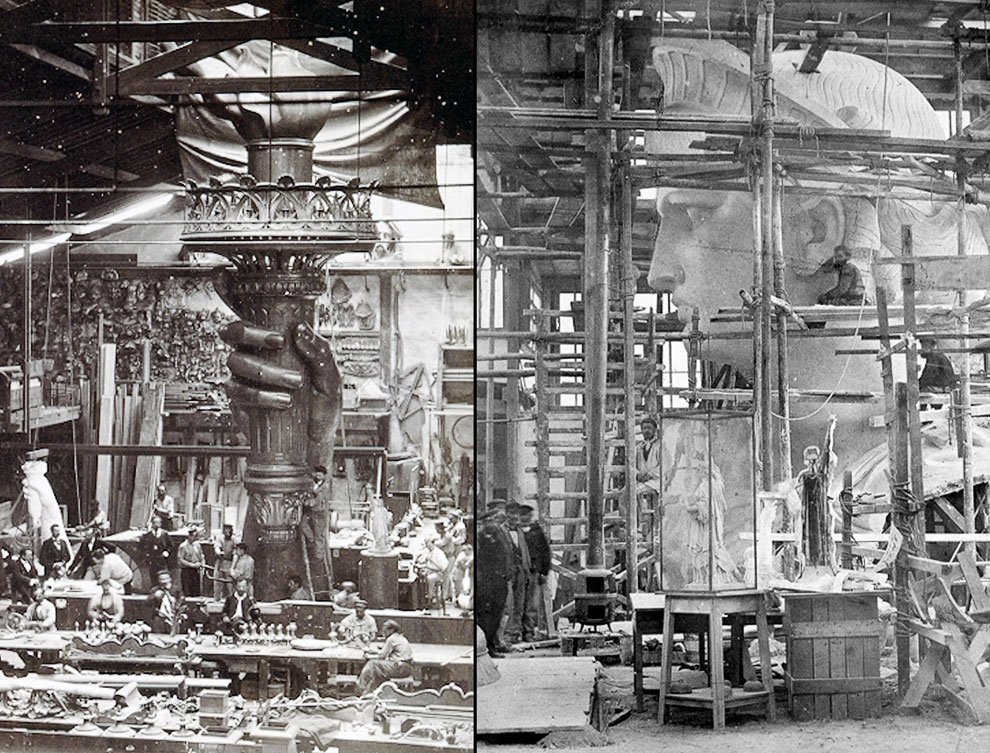
Practical Americans did not understand for what such romantic utopias they should part with their labor income.
>Bartholdi was forced to send to the states a 15-meter-high fragment of the statue, the right arm and torch, which he installed in Philadelphia at the Centennial Exposition. They charged 50 cents (decent money for those days) to climb up into the torch itself. Then the hand with the torch was transported to New York and installed in Madison Square Garden. Still, the money was clearly not enough.
.
And then a young journalist, editor and publisher of the World newspaper, Joseph Pulitzer, stepped in. At the age of 18, he arrived in New York penniless from Hungary and began his working life as a newspaper delivery boy. He then began writing police chronicles, small notes and pretty quickly became the owner of the dying newspaper “New York World”. He instantly rebuilt its work, appealing to thousands of new immigrants like himself, perfectly understanding their needs and aspirations. So Pulitzer became sharply involved in the fundraising campaign.
.
“This statue is not a gift from the millionaires of France to the millionaires of America,” he wrote angrily, “it is a gift from the French to all Americans. Take it as an appeal addressed to you personally!”
.
Within five months, the needed amount was raised. This action brought Pulitzer fame and tripled the newspaper’s circulation. And these days, the Pulitzer Prize is the most prestigious award for journalists.
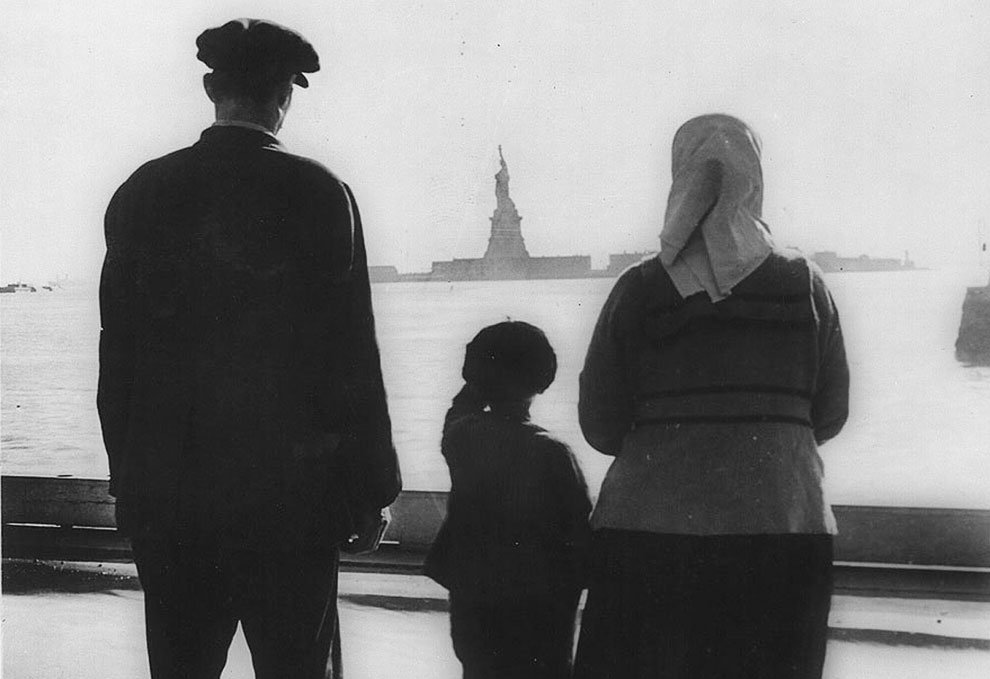
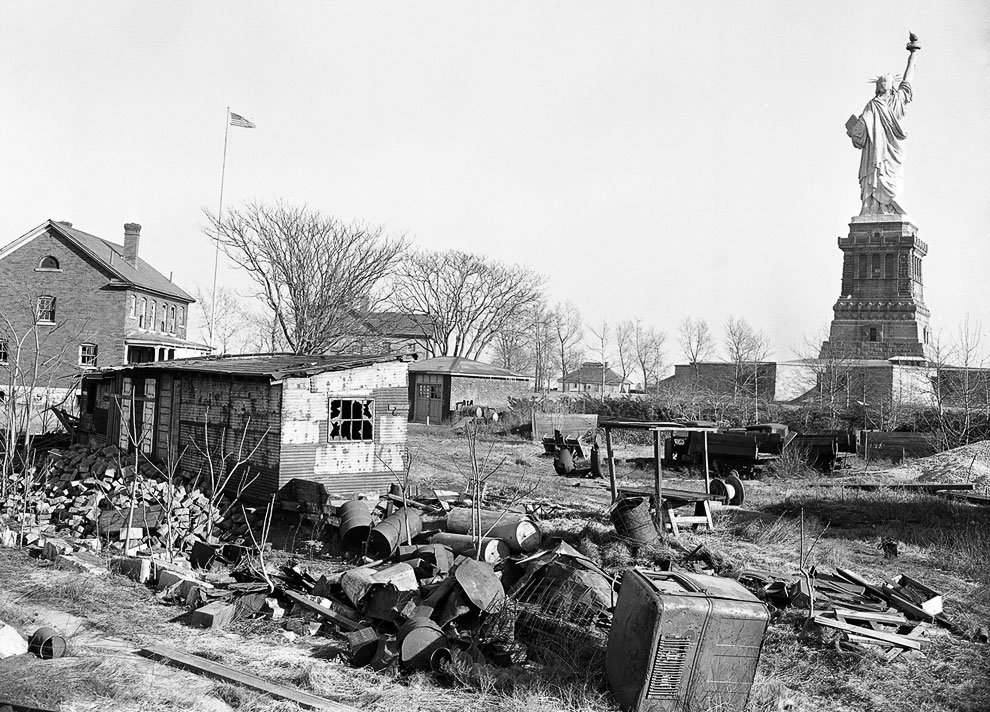
Finally, on October 28, 1886, U.S. President Grover Cleveland, to thunderous fanfare, received the Statue of Liberty on Bedloe Island, renamed Liberty Island in 1956 in honor of the famous statue.
.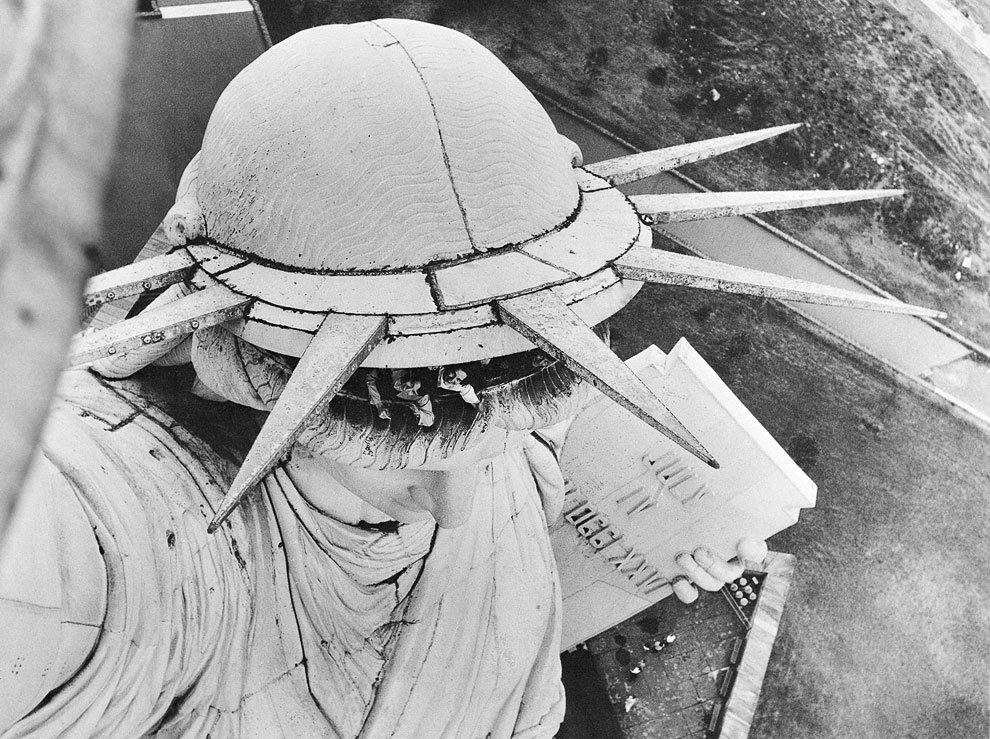
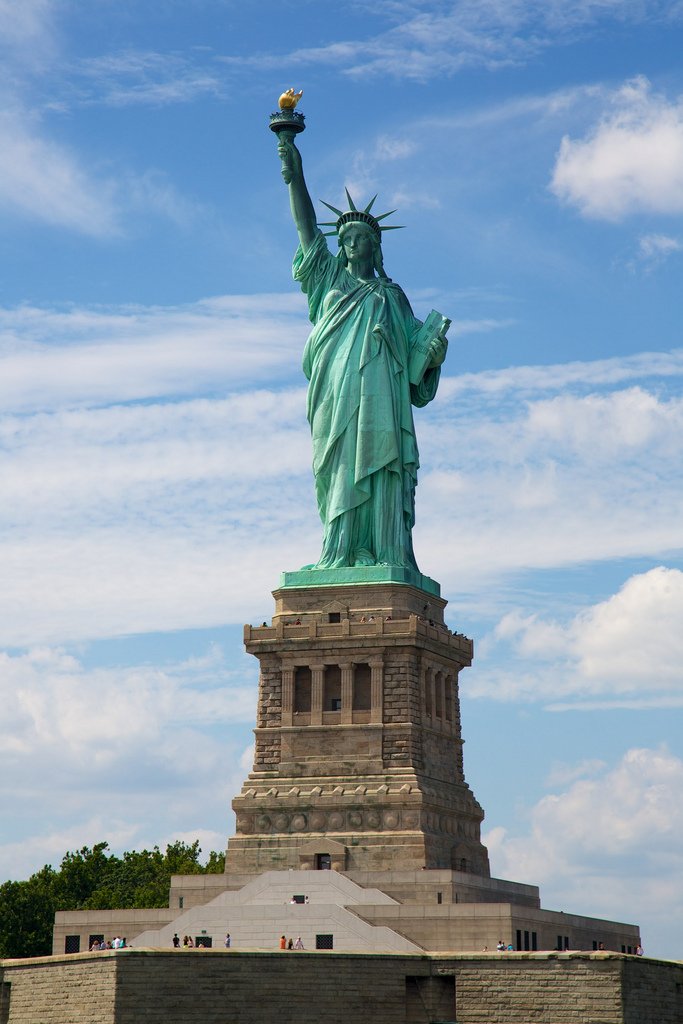
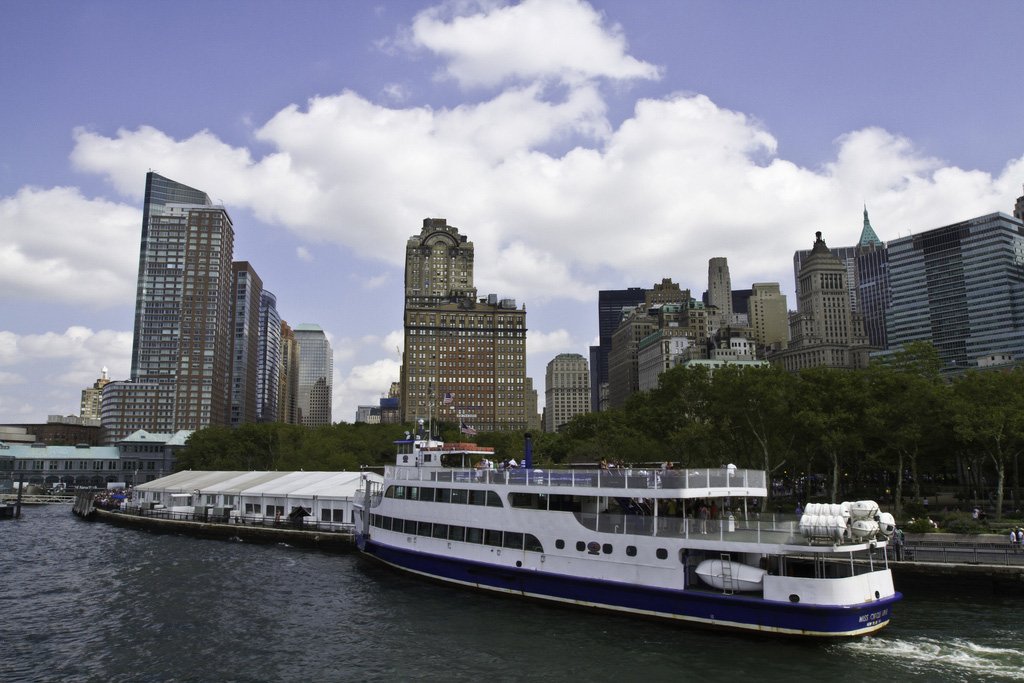
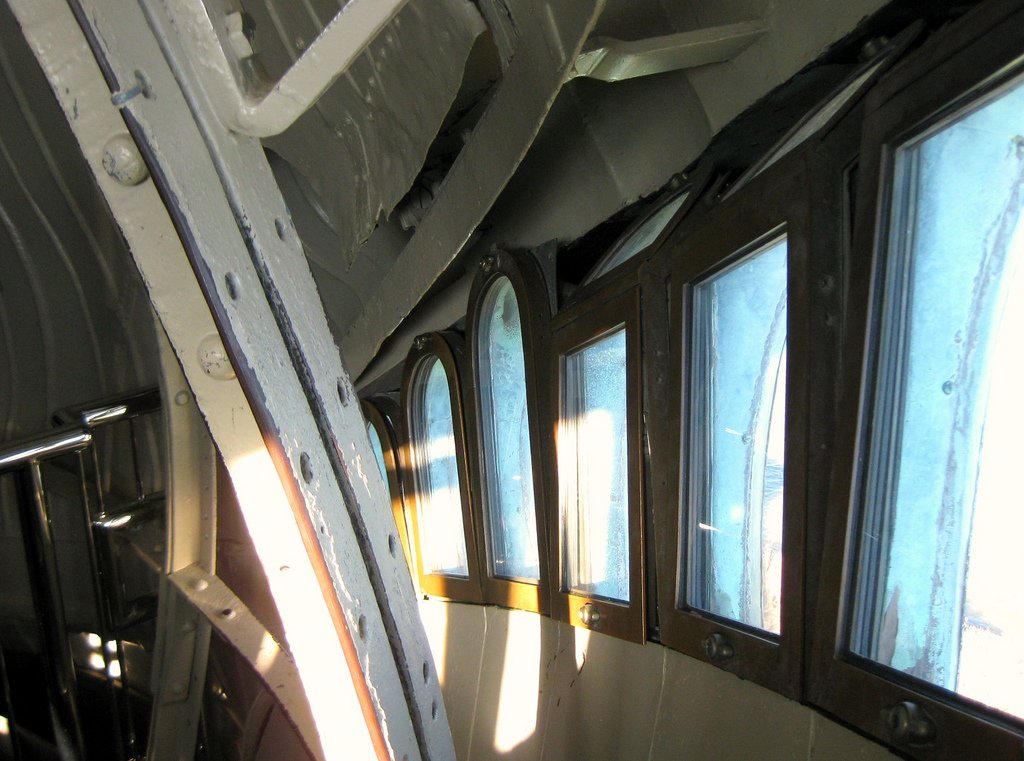
A tour of Ellis Island and the Statue of Liberty is best done during the warmer months and daylight hours.
.Of course, in winter there are far fewer people willing to do it, so. if you’re not afraid of the icy, penetrating wind that gets to your skin through the warmest down coats and gloves, it’s worth a try. Traveling by boat is wonderful, but being out in the open in the cold is quite extreme in its sensations. Ellis Island is home to the old immigration center where all new arrivals to the country were admitted and registered, it is now a museum.
.Facts
- Name: Officially, its name translates from French as “Liberty Lighting the World”. She is also known as the Statue of Liberty, Lady Liberty, or Miss Liberty.
- Design: The statue was designed by French sculptor Frederic Bartholdi. Post Eiffel was responsible for the engineering work, and he also created its steel internal framework. The total weight of the statue is 254 tons. .
- Dimensions: The statue itself is 46.5 meters high and stands on a 47-meter pedestal, to the top of which leads to a staircase of 194 steps, and to the crown of the statue must pass 354 steps. .
- UNESCO World Heritage List: the Statue of Liberty was inscribed on the UNESCO World Heritage List in 1984 .
Ellis Island
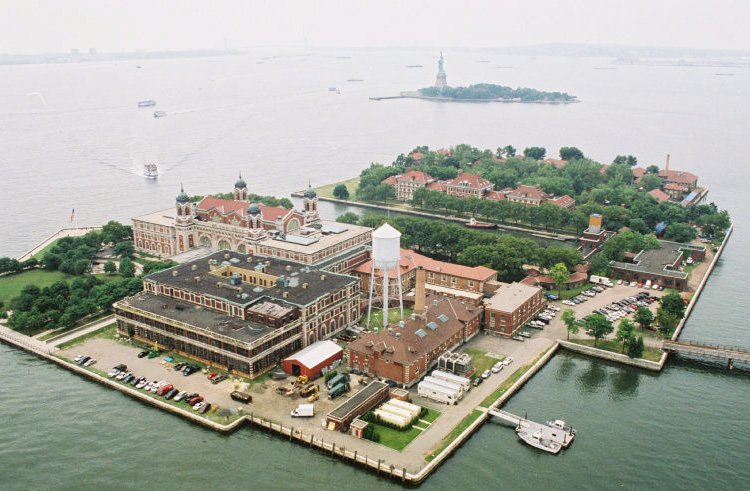
Serving from 1892 to 1954 as a staging post for more than 12 million immigrants hoping to start a new life in America, Ellis Island is modest and sometimes even squalid, but on the other hand, it symbolizes wish fulfillment. More than three thousand people have died here in an island hospital, many denied the right of entry. The Ellis Island Immigration Station is the second stop on the ferry to the Statue of Liberty. The beautiful main building has become the Immigration Museum (Immigration museum; Tel: 212-363-3200; www.ellisisland.org; New York Harbor; audio guide $8; 9.30-17.00), which hosts fascinating exhibitions and film screenings about immigrant life and how the influx of people changed the U.S.
.